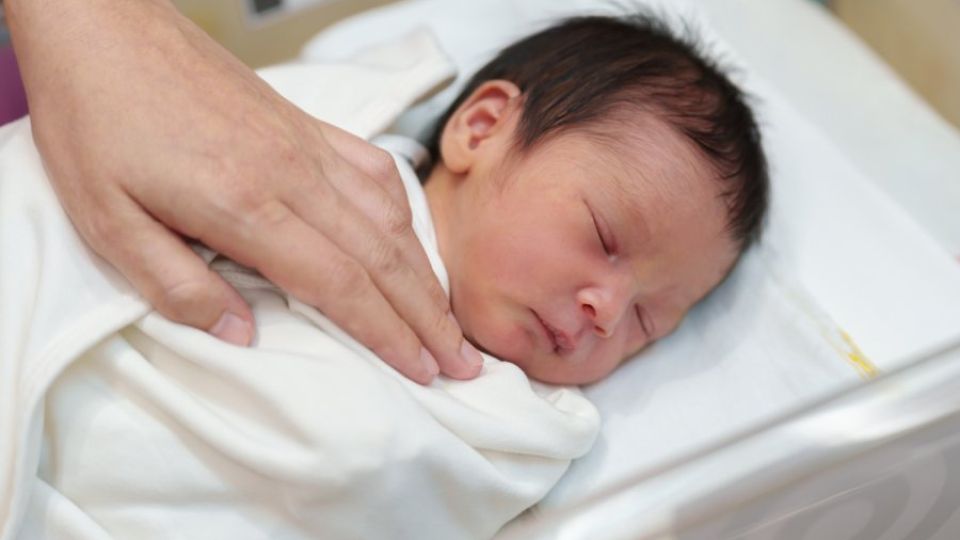March 2, 2023
SEOUL – The sex ratio at birth for South Korea in 2022 was 104.7 boys to every 100 girls, Statistics Korea data showed Wednesday, the closest Korea has ever been to gender parity among newborns since the government started keeping tally in 1990.
The gender ratio for the year marked a new low since 104.9 in 2020, according to the state-run organization. The figure rebounded slightly to 105.1 in 2021 before dropping by 0.4.
There have always been more baby boys than girls born worldwide: According to the US-based Pew Research Center, the global gender ratio at birth was roughly 106 males to 100 females in 2021. But the nationwide preference for boys in the past resulted in the figure for Korea being much higher than that of the global average.
In 1990, when Statistics Korea started record keeping for the gender ratio among newborns, 116.5 boys were born to 100 girls.
The preference for boys was particularly prevalent among couples’ third child or younger. In 1993, the boy-to-girl ratio among the third or younger child of a family peaked at 209.7.
Traditionally in Korea, men are expected to carry on the family line, and the notion that a family should have at least one son was widespread. As such, couples would often try to have a son after their second conception.
Extreme preference for boys have led to social problems and conflict within the family, in some cases, leading to a divorce over the lack of a son. Female singer Yuri of the band Cool, who was born in 1976, said in 2019 that her parents split because her mother was unable to have a son.
Even the written law in Korea has outlined specific roles designated for males.
The Act on Family Rite Establishment and Related Assistance, first enacted in 1969, details the process for major family events such as weddings, coming-of-age ceremonies and memorials for ancestors. It is decreed on the act that the traditional ancestral rite “charye” must be held at the home of the oldest male descendent, and that the groom must enter before the bride in weddings.
The Ministry of Gender Equality and Family in 2021 conducted a survey on whether the act needs to exist, in which 70.3 percent said it was unnecessary.
But the numbers indicate that such trend of preferring boys has been gradually diminishing over time.
Since the 1990 peak, the boy-to-girl ratio trended downward to 110.1 male births in 2000, and 106.9 in 2010. The gender ratio for the third or younger child also slid from 1993 onward to 143.6 in 2000, 110.9 in 2010, 106.7 in 2020, and to 105.4 in 2022.
Similar trends have also been reflected in surveys conducted in the corresponding periods. A 1991 survey by the Korea Institute for Health and Social Affairs showed 40.5 percent of the respondents said they need to have a son, but only 10.3 percent of the respondents said so in the same survey conducted in 2006.
Recent numbers indicate that the trend among Koreans may have flipped to preferring girls to boys. In a 2021 survey by Hankook Research, 57 percent of the respondents said they need at least one daughter, while only 32 percent said they need at least one son.


